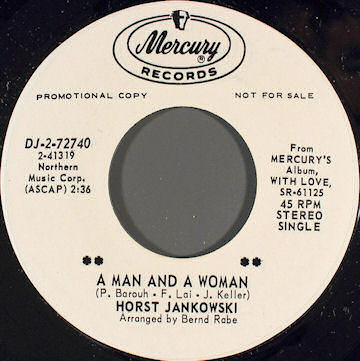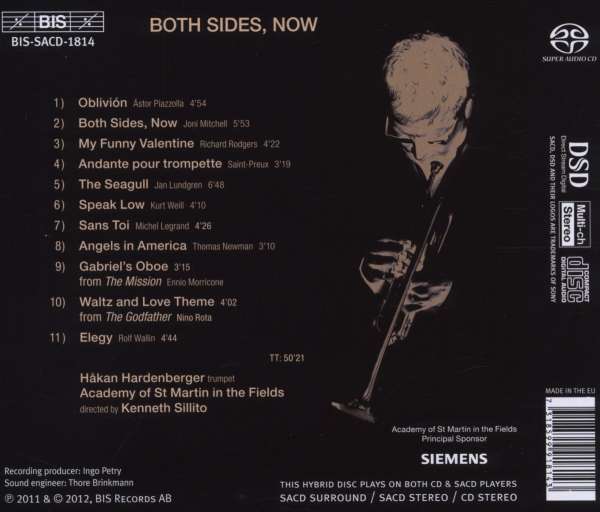
To derive the “mid” signal the left and right channels are summed (i.e. Transforming a track from a conventional left/right stereo signal to its mid/side counterpart is actually a surprisingly simple process. In this piece we’re going to take a deep dive into how exactly the left/right-to-mid/side transform works, how the phase relationship between mid and side effects stereo placement, and some techniques to effectively employ mid/side equalization (with accompanying audio examples), so put on your scuba gear and let’s go! Transform a left/right stereo signal to mid/side We’ve talked about mid/side before, and if you’re new to the subject, I strongly recommend you first check out these three articles. However, as we all learned from Spiderman’s Uncle Ben, “with great power comes great responsibility.”



Mid/side processing is an undeniably powerful technique, and one which gives the mastering engineer a wide range of sonic sculpting tools not available with traditional stereo processing.


 0 kommentar(er)
0 kommentar(er)
